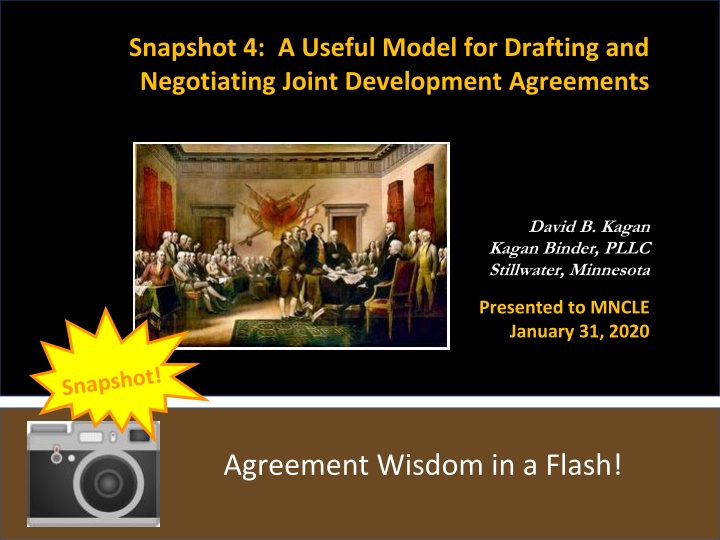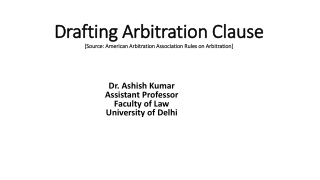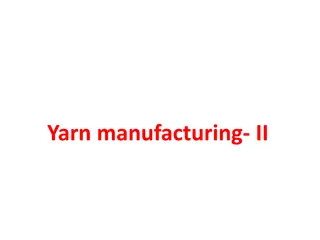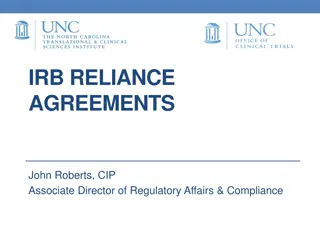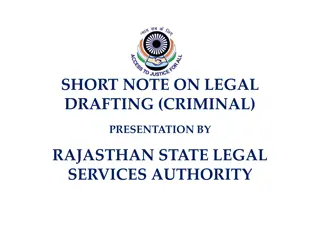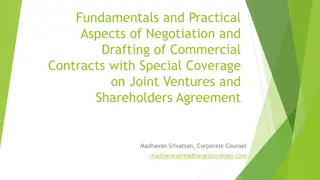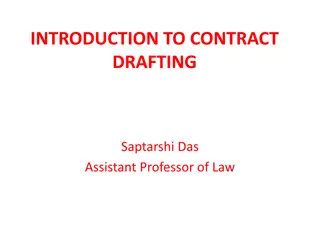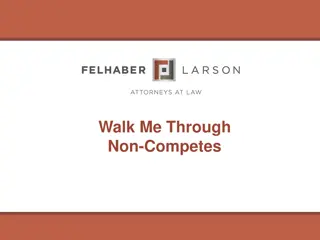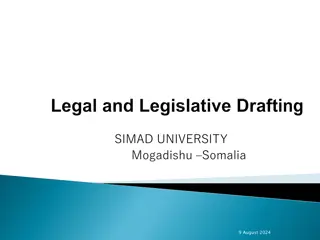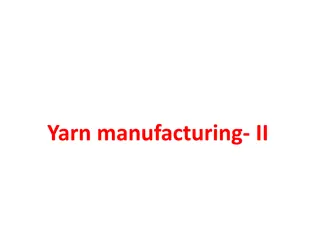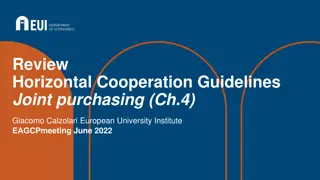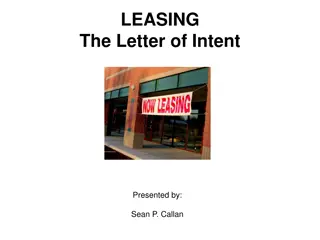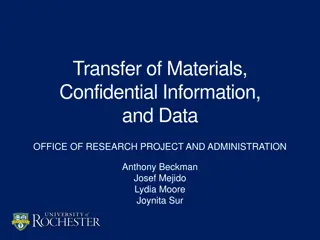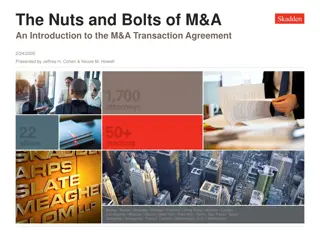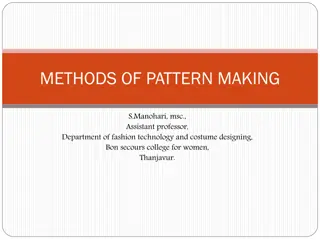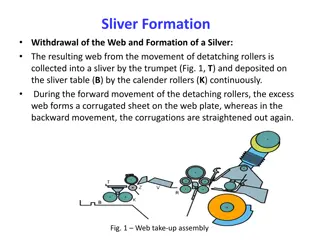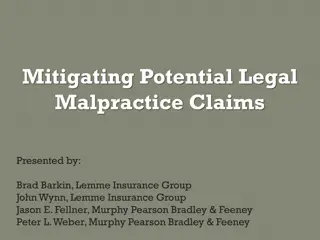Useful Model for Drafting Joint Development Agreements
This snapshot provides insights into an effective approach for drafting and negotiating joint development agreements, emphasizing the importance of clear communication and using a simple business model to convey complex concepts to clients.
Download Presentation

Please find below an Image/Link to download the presentation.
The content on the website is provided AS IS for your information and personal use only. It may not be sold, licensed, or shared on other websites without obtaining consent from the author.If you encounter any issues during the download, it is possible that the publisher has removed the file from their server.
You are allowed to download the files provided on this website for personal or commercial use, subject to the condition that they are used lawfully. All files are the property of their respective owners.
The content on the website is provided AS IS for your information and personal use only. It may not be sold, licensed, or shared on other websites without obtaining consent from the author.
E N D
Presentation Transcript
Snapshot 4: A Useful Model for Drafting and Negotiating Joint Development Agreements Title David B. Kagan Kagan Binder, PLLC Stillwater, Minnesota Presented to MNCLE January 31, 2020 Agreement Wisdom in a Flash! 1
Why is this client lost? Licensed/commercial products Commercial rights Commercial duties Licensed IP Fields Definitions Resource commitment Grants Harvesting IP Compensation/revenue IP administration Development goals IP ownership Development duties IP enforcement Development rights Supply Legalese Ordinary language
How do we help the client communicate what is needed? Every joint development relationship is like a process. Feed Process Product Revenue
How do we help the client communicate what is needed? Every joint development relationship is like a process. Feed Process Product Revenue Customers Party A inputs Party A products Customers Development activities Customers Party B inputs Party B products IP Customers A joint development relationship is more like an industrial process than any other IP relationship.
How do we help the client communicate what is needed? Feed Process Product Revenue 1. Business and technical conduct. 2. Avoid legalese. 3. Don t skip! You are not ready to draft until the business model details are described in ordinary English.
Example of a simple business model in ordinary language Joe supplies corn seeds to Barbara Barbara inserts polar bear trait into seed varieties so corn grows in winter, and summer Joe plants the modified corn seed varieties in experimental fields in November and harvests in early March Barbara evaluates the results and selects the best varieties Joe grows the corn seed in commercial quantities and exclusively supplies to Barbara Barbara exclusively distributes the seed to farmers
Does this work? November 12 and 13, 2019 Research manager via email: Meeting tomorrow with OTHER GUYS at 1 pm. Need to present vision for JDA. Help! 4:36 pm D. Kagan via email: Explained model in ordinary English. Sent slides to show concept. Suggested presenting 1 to 3 business model options after technical presentation, each one page summaries. Call to discuss if needed. 5:15 pm Research manager via email: This is good. Don t need to talk today. Stand by in case I need to call. 5:37 pm Next day Research manager via email: The meeting went well. OTHER GUYS are on board with second model. They are reviewing financial details but will send agreement outline as next step.
